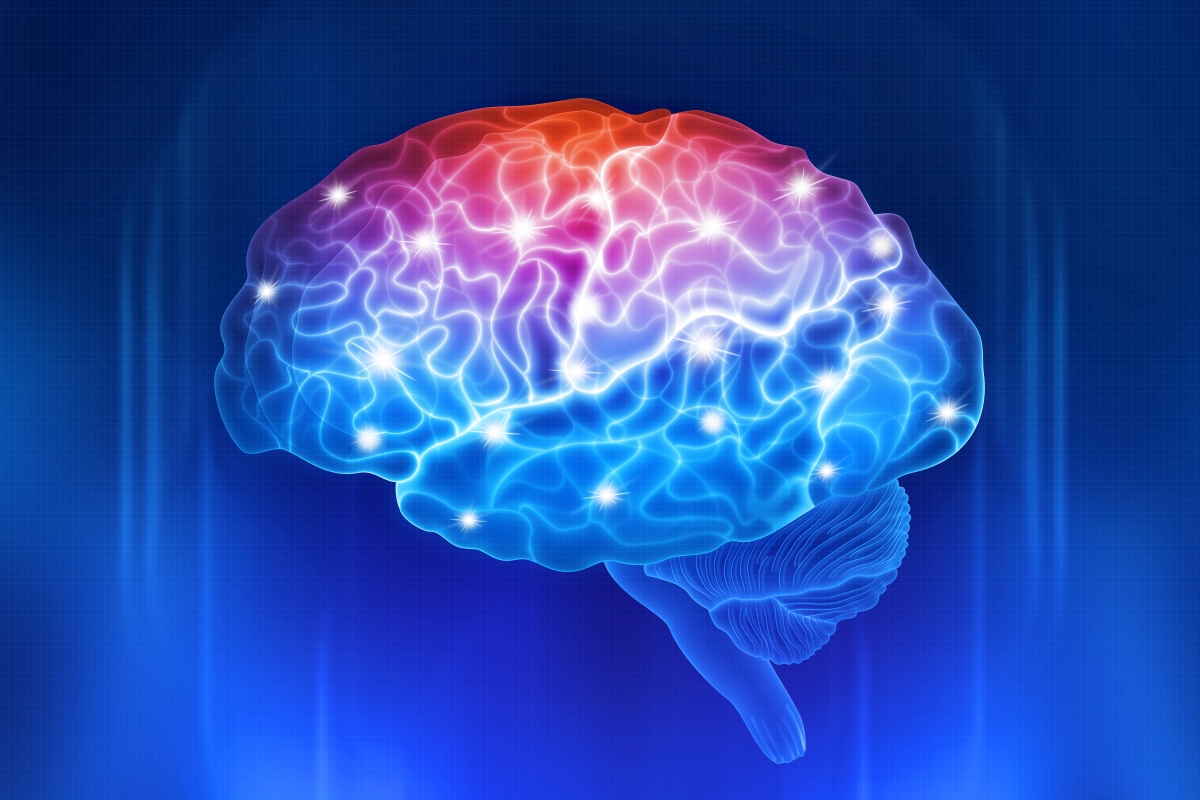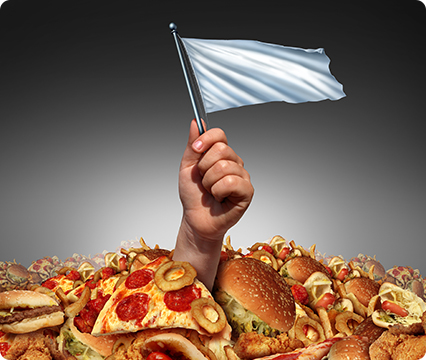Distinct basal forebrain-originated neural circuits promote homoeostatic feeding and suppress hedonic feeding in male mice
Feeding behavior is driven by two main factors: homeostatic needs triggered by hunger and hedonic desires for pleasure, even when not hungry. Although life depends on homeostatic eating, excessive hedonic feeding can result in adverse health effects such as obesity and metabolic diseases. However, the neurobiological mechanisms that regulate homeostatic versus hedonic eating remain poorly understood. Liu et al. (2024) showcase how meal presentation affects male mice’s GABAergic proenkephalin (Penk) neurons in the diagonal band of Broca (DBB). The authors further show that a subset of these DBBPenk neurons, which project to the hypothalamic paraventricular nucleus, are responsive to food presentation during fasting periods and provide a positive signal to promote eating. In contrast, another subset of DBBPenk neurons, which project to the lateral hypothalamus, is activated when detecting high-fat, high-sugar (HFHS) diets and sends a negative signal to reduce food consumption. Interestingly, when the entire DBBPenk population is ablated, mice show reduced chow consumption but increased intake of HFHS diets, leading to faster obesity development and metabolic issues. These findings highlight a specific neural population that plays a critical role in maintaining energy balance by promoting homeostatic feeding and preventing hedonic overeating. [NPID: Feeding behavior, homeostatic feeding, hedonic feeding, GABAergic neurons, proenkephalin neurons, paraventricular nucleus, lateral hypothalamus, obesity, metabolic disturbances]
Year: 2024
 Navigation
Navigation








